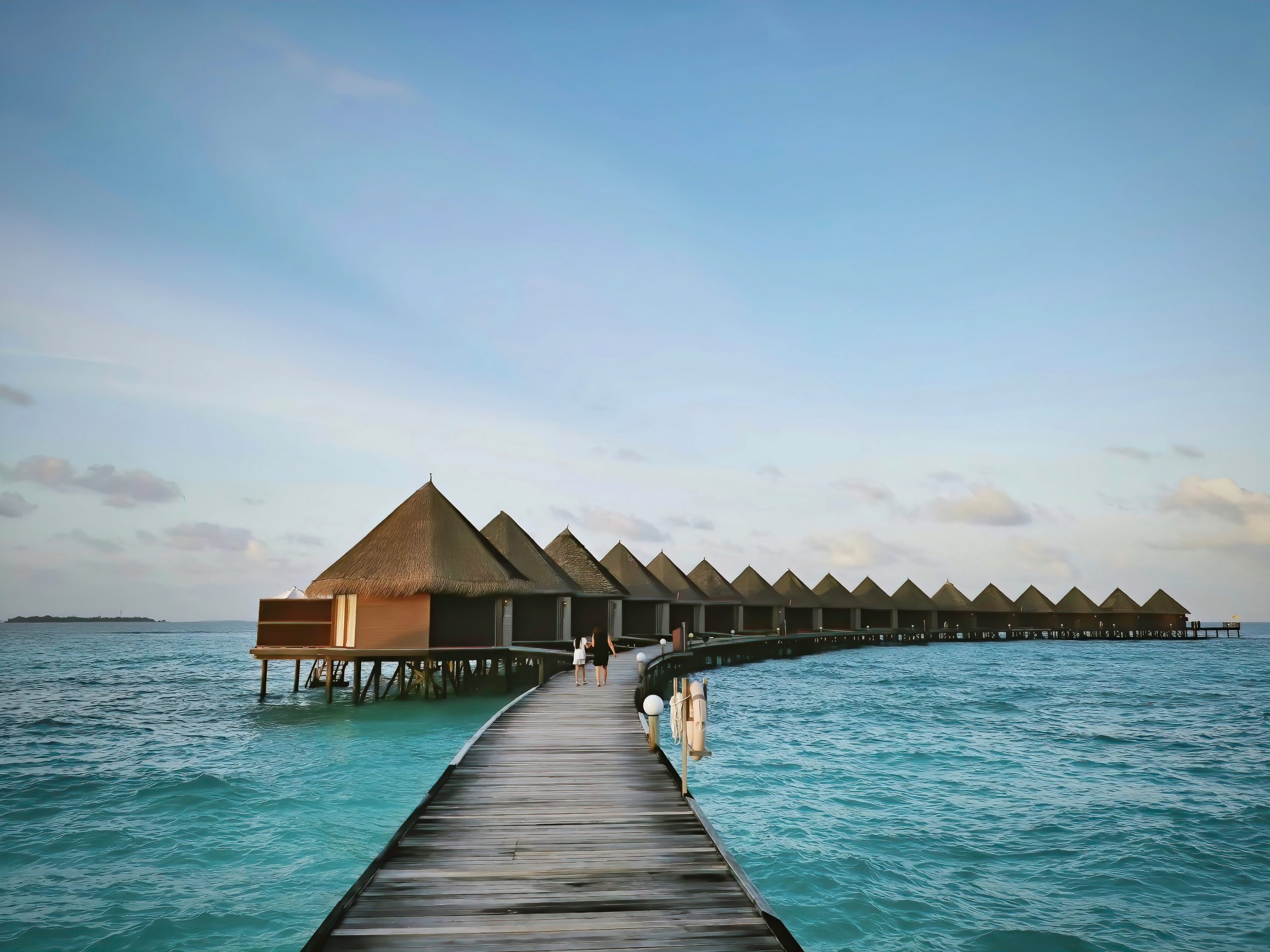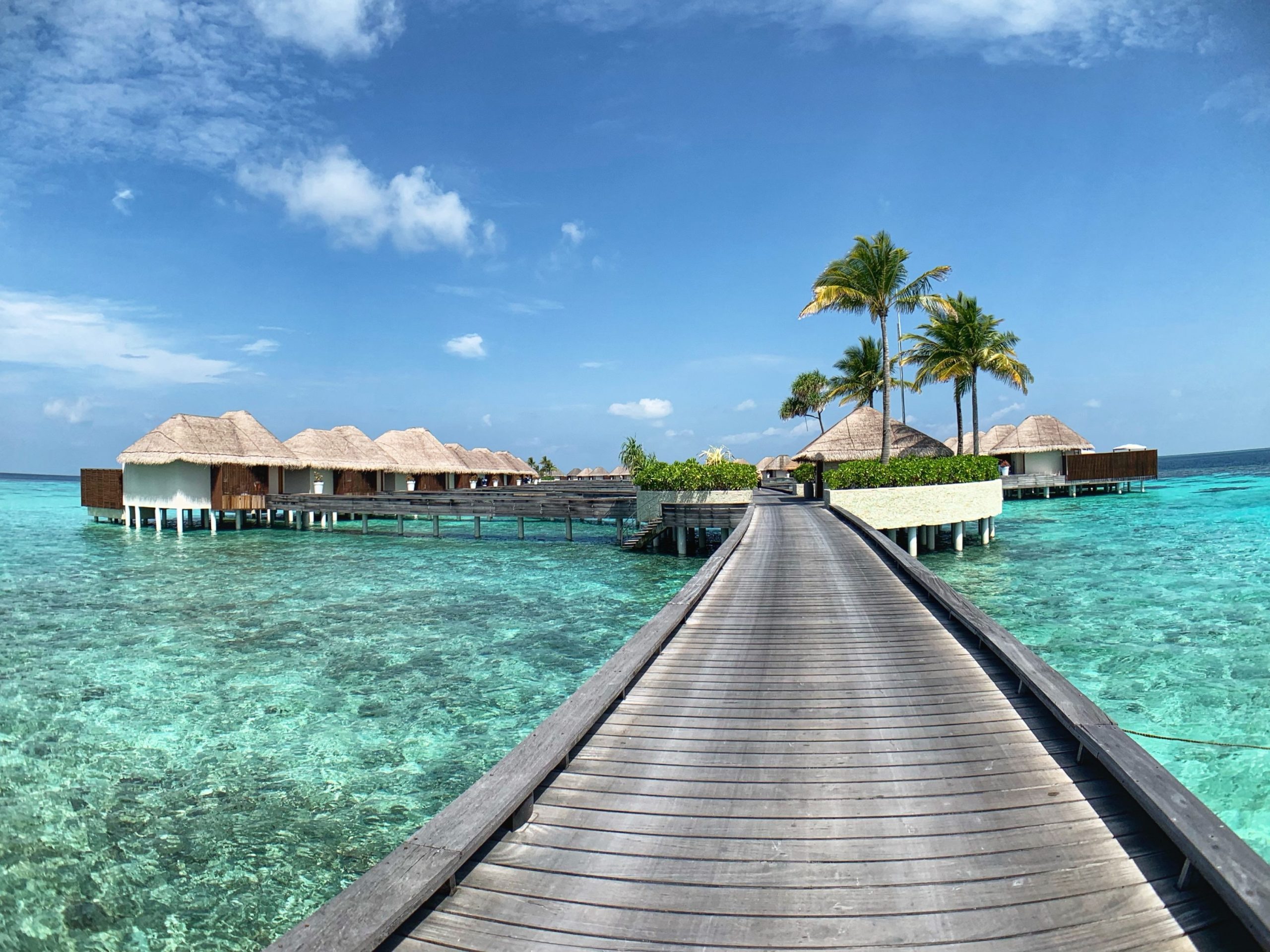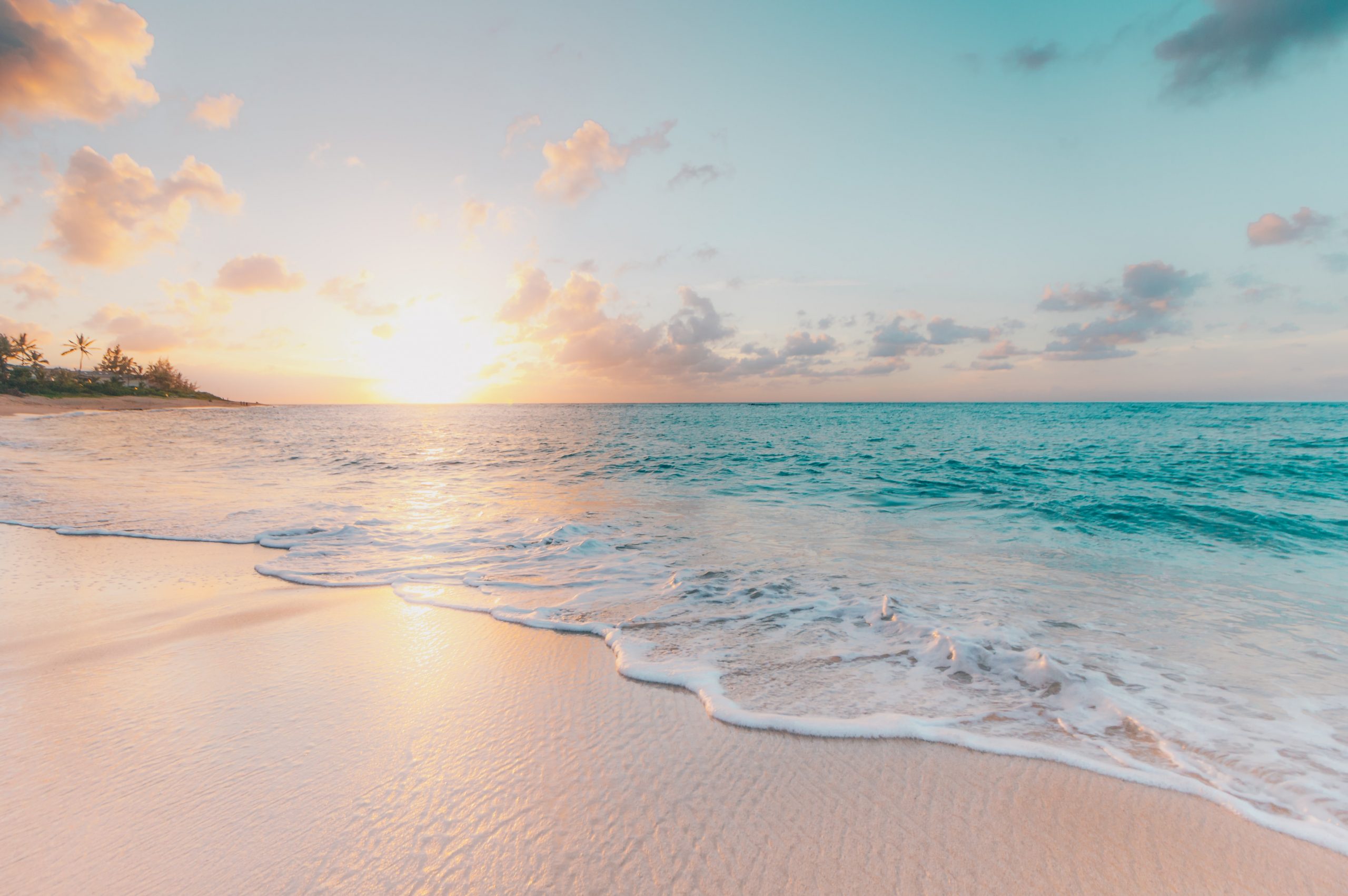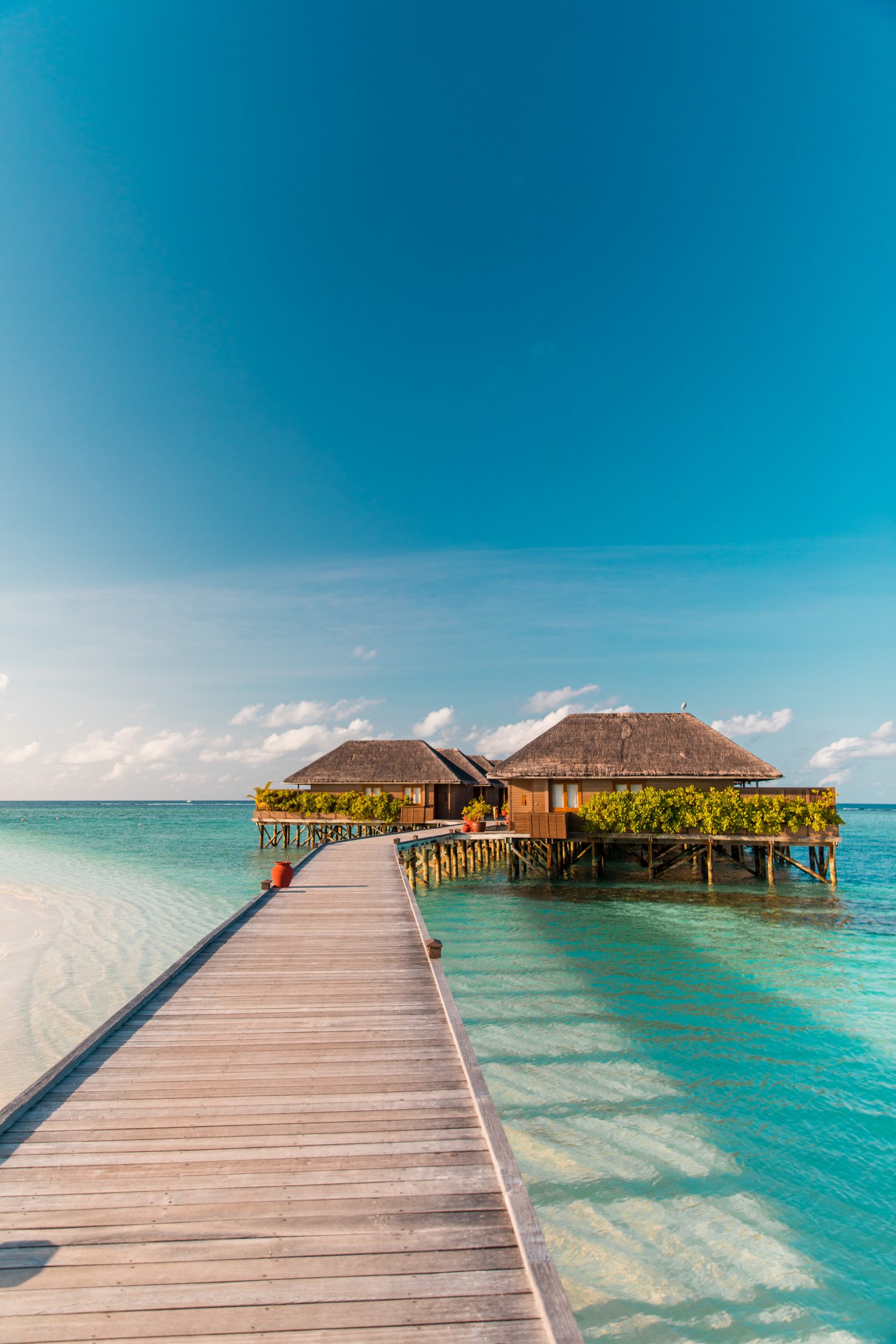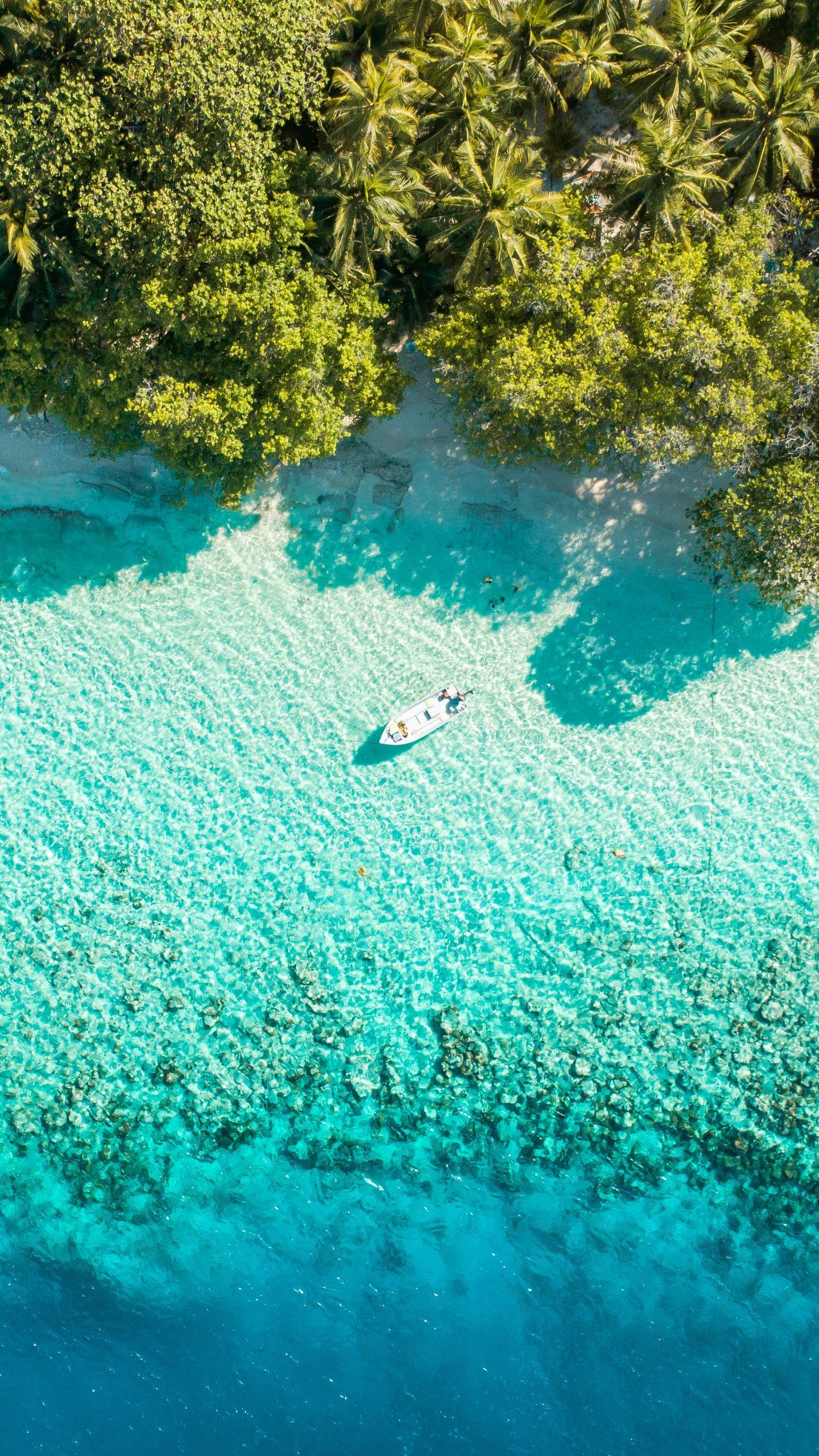The islands extend more than 510 miles (820 km) from north to south and 80 miles (130 km) from east to west. The northernmost atoll is about 370 miles (600 km) south-southwest of the Indian mainland, and the central area, including the capital island of Male (Male’), is about 400 miles (645 km) southwest of Sri Lanka.
Histoiry
The Maldives is well over 2,500 years old according to historical evidence and legends.Early settlers in the Maldives were probably Gujaratis, who reached and settled Sri Lanka about 500 BC. Evidence of cultural influence from North India can be deduced from the methods of boat-building and silver punch-marked coins
According to the book Kitāb fi āthār Mīdhu al-qādimah (On the Ancient Ruins of Meedhoo) written in the 17th century in Arabic by Allama Ahmed Shihabuddine (Allama Shihab al-Din) of Meedhoo in Addu Atoll, the first settlers of the Maldives were people known as Dheyvis. They came from the Kalibanga in India.he time of their arrival is unknown but it was before Emperor Asoka’s kingdom in 269–232 BC. Shihabuddin’s story tallies remarkably well with the recorded history of South Asia and that of the copperplate document of the Maldives known as Loamaafaanu.
The Maapanansa, the copper plates on which recorded the history of the first Kings of Maldives from the Solar Dynasty, were lost quite early on.
A 4th-century notice written by Ammianus Marcellinus (AD 362) speaks of gifts sent to the Roman emperor Julian by a deputation from the nation of Divi. The name Divi is very similar to Dheyvi who were the first settlers of Maldives.
The ancient history of Maldives is told in copperplates, ancient scripts carved on coral artefacts, traditions, language and different ethnicities of Maldivians
The first Maldivians did not leave any archaeological artefacts. Their buildings were probably built of wood, palm fronds, and other perishable materials, which would have quickly decayed in the salt and wind of the tropical climate. Moreover, chiefs or headmen did not reside in elaborate stone palaces, nor did their religion require the construction of large temples or compounds.[
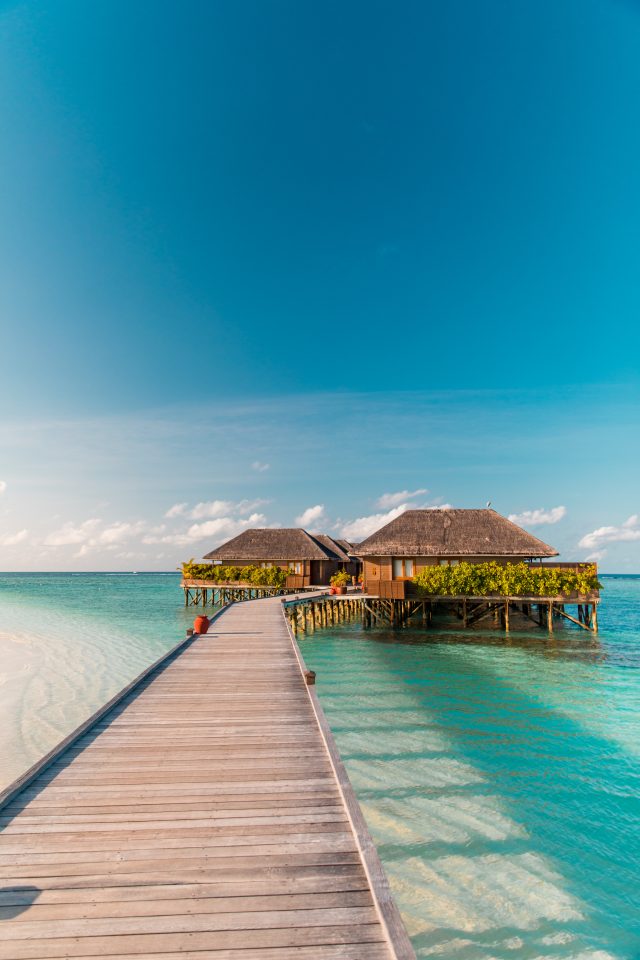
Geography
The Maldives consists of 1,192 coral islands grouped in a double chain of 26 atolls, that stretch along a length of 871 kilometres (541 miles) north to south, 130 kilometres (81 miles) east to west, spread over roughly 90,000 square kilometres (35,000 sq mi), of which only 298 km2 (115 sq mi) is dry land, making this one of the world’s most dispersed countries. It lies between latitudes 1°S and 8°N, and longitudes 72° and 74°E. The atolls are composed of live coral reefs and sand bars, situated atop a submarine ridge 960 kilometres (600 mi) long that rises abruptly from the depths of the Indian Ocean and runs north to south.
Climate
The Maldives has a tropical monsoon climate (Am) under the Köppen climate classification, which is affected by the large landmass of South Asia to the north. Because the Maldives has the lowest elevation of any country in the world, the temperature is constantly hot and often humid. The presence of this landmass causes differential heating of land and water. These factors set off a rush of moisture-rich air from the Indian Ocean over South Asia, resulting in the southwest monsoon. Two seasons dominate Maldives’ weather: the dry season associated with the winter northeastern monsoon and the rainy season associated with the southwest monsoon which brings strong winds and storms
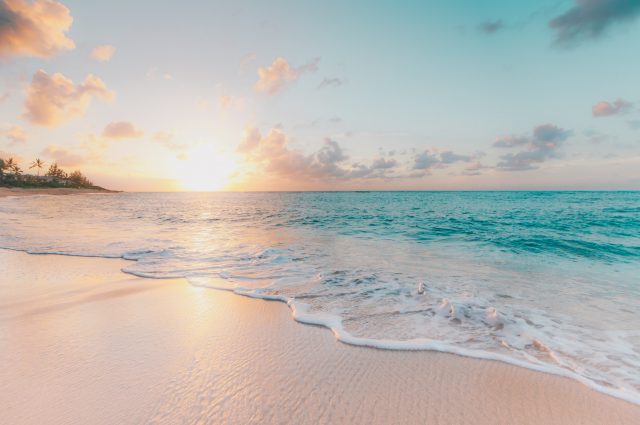
Environment
Environmental issues other than sea level rise include bad waste disposal and beach theft. Although the Maldives are kept relatively pristine and little litter can be found on the islands, no good waste disposal sites exist. Most trash from Malé and other resorts is simply dumped at the Thilafushi landfill.

